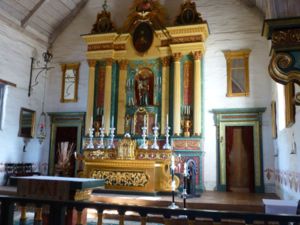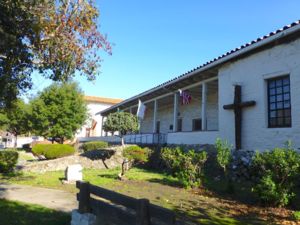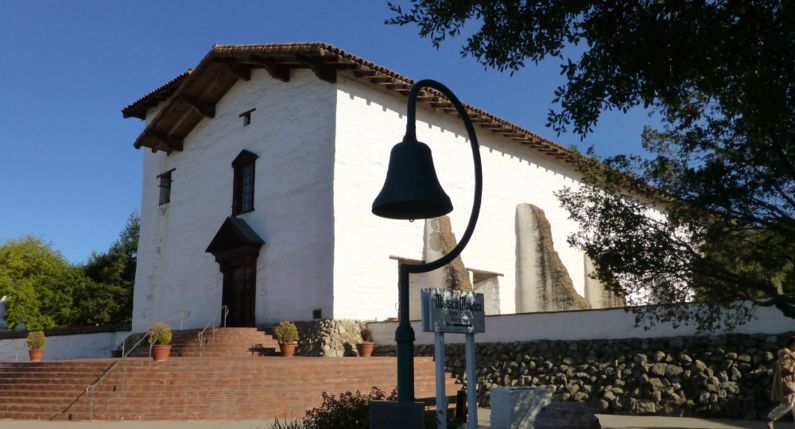Mission San Jose
| More information at Warlike, Wikidata, Wikipedia
Mission San Jose (1797-1834) - A Spanish mission established in 1797 by Father Fermin Lasuen in present day Fremont, Alameda County, California. Named for Saint Joseph. Secularized in 1834. Sometimes known as Mission San Jose de Guadalupe.
The Spanish Period (1769-1821)The Spanish period began in California with the building of Mission San Diego de Alcala, and the Presidio of San Diego in 1769. The Spanish Presidio provided a support system for the attached missions that included military troops. The mission provided provided a complete community for the converted native peoples that included agriculture and industry activities as well as religious instruction and services. Typically a very limited military presence was maintained at the missions and the presidio acted as the garrison for the surrounding missions. 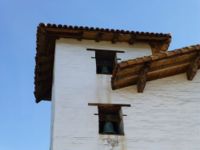 The Mission San Jose was founded on 11 Jun 1797, as the 14th of twenty-one missions founded in California. The mission was associated with the Presidio of San Francisco which eventually provided military support for all six missions in the San Francisco area. Mission San Jose was constructed by already converted Indians from nearby Mission Santa Clara under the supervision of Spanish missionaries and overseers. The number of native converts rose to about 277 in 1800 and by 1825 the population was 1,796 in spite of a measles epidemic in 1806 that wiped out one-quarter of the population. The first adobe Mission church was dedicated on 22 Apr 1809.
Mexican Period (1822-1846)The Mexican period began with the end of the Mexican Revolution around 1820. Mexican troops occupied the presidios and Mexican governors ran the province of Alta California. The Mexican government began the process of secularization (turning church lands over to private interests) around 1831 and passed laws in 1833 mandating secularization of all missions in Mexico. Secularization gradually ended church ownership of community property. Most of the missions and presidios were abandoned and fell into disrepair as the lands were redistributed to private owners. Mission San Jose prospered under Mexican rule and became one of the most prosperous in California. In 1833 secularization became law and the mission land was gradually distributed to private interests. The last priest left the mission in 1842 and the mission itself was sold to private owners in 1845. The American Period (1846-Present)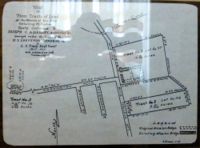 The Mexican War was declared by the U.S. Congress on 11 May 1846 in response to a Mexican attack on U.S. troops in Texas. The declaration of war opened the door for American occupation of California. The American period began when American forces occupied San Diego in 1846. With end of the war, Mexico ceded all of upper California to the Americans in 1848 and a new round of land redistribution began. On 19 Feb 1853, Archbishop Joseph Sadoc Alemany filed a claim on behalf of the Roman Catholic Church for the return of all former mission lands in the State of California. Ownership of 1,051 acres (for all practical intents being the exact area of land occupied by the original mission buildings, cemeteries, and gardens) was transferred back to the Catholic Church by land patents and proclamations signed by U.S. Presidents between 1855 and 1874. The Mission was used as a general store, saloon and hotel during the early California Gold Rush days and in 1853 the mission church building became the local parish church.
Current Status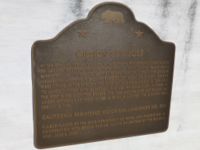 Restored mission chapel and museum in Fremont, Alameda County, California.
USGS Geographic Names Information System (GNIS) Database Entry: 228843
Sources: Links: Visited: 23 Nov 2012 | ||||||
